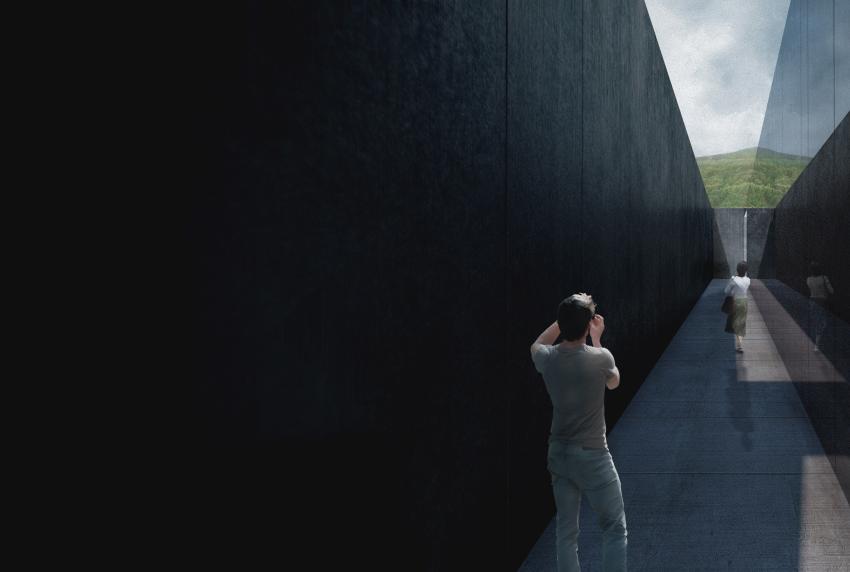Snøhetta/Liminal Studio/Rush Wright Associates
Hobart
Australia
Winners announced for Hobart history centre
Last year, The Port Arthur Historic Sites Management Authority (PAHSMA) ran a competition to select the concept for a new History and Interpretation Centre at the Cascades Female Factory in Hobart, one of 11 locations designated as Australian Convict Site UNESCO World Heritage Property. The historic function of the Female Factory was to put women to work, and today the factories are associated with the segregation of female criminals during the 19th century. The World Heritage listing decision included a recommendation that the current structure, a factory for food production, should be removed. In its place, the authorities envisaged an educational centre to aid recognition of the social, cultural and political foundations laid by the convict women.
Snøhetta, along with fellow Australian design collaborators Liminal Studio and Rush Wright Associates, have now been announced as the competition winners with an architectural and landscape design aiming to highlight the site site’s historical significance and enhance visitor experience.
The journey into the Centre will be along an isolated walk with only the sky as a connection to the outside, echoing the experience of the female convicts. On entering the exhibition, visitors will be guided through a labyrinth, the proportions of which replicate those of the factory cells. Opportunities to reveal the past are planned with interpretive spaces and transparent floors offering glimpses to the excavated foundations below.
The design culminates in an open forum space that the architects refer to as an “empatheatre”, or “empathy amphitheatre”, expressing the centre’s role in interpreting the convict experience for the modern visitor. This space will be used for performance, re-enactments and events where current social issues can be discussed.
When considering the surrounding landscape, the designers took the healing power of nature as a central concept. The remains of the Factory will be enclosed by a wild garden, with traces of the former cell building brought to the surface as fragmented “models”, and covered with fresh new growth.
Lucy Nordberg
TenderStream Research Specialist & Editor
This competition was first published by TenderStream on 14.03.17. See the original brief here
Start your free trial here or email our team directly at customerservices@tenderstream.com


